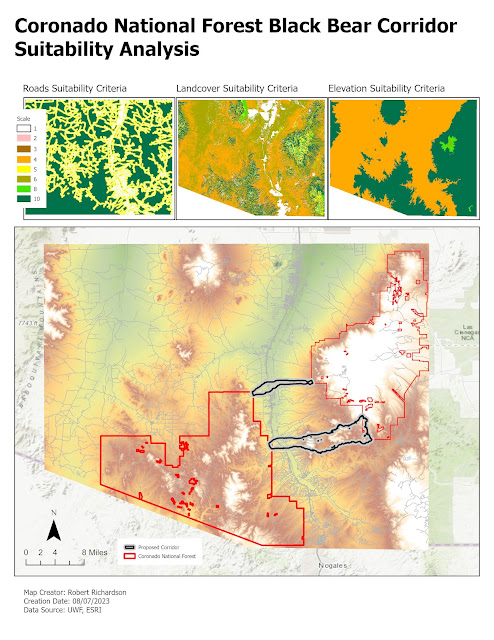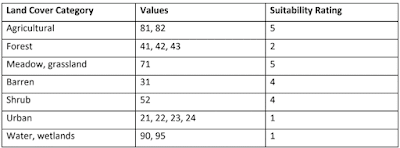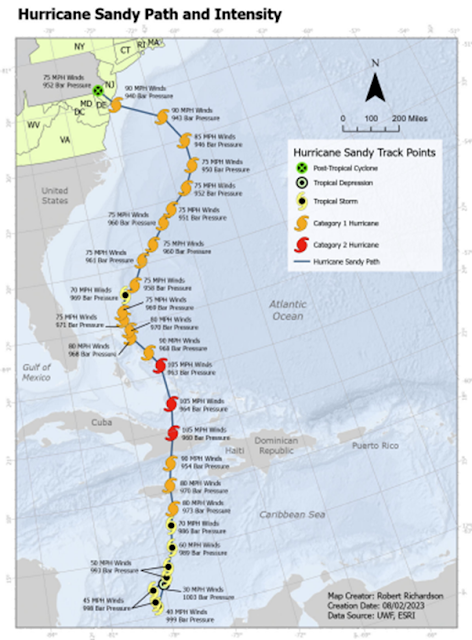GIS 5935 Lab 1 - Calculating Metrics for Spatial Data Quality

The first lab of GIS 5939 concerned spatial data quality and being able to determine if the data is accurate, precise, or has any bias. This involved understanding the difference between accuracy and precision. The horizontal accuracy of a point is determined by how close the collected points are from the true location. This is calculated by measuring the distance from the average of all points collected and the reference point. The larger the distance means, the lower the accuracy. The horizontal precision is how close different measurements are from each other. Points that are clustered together have high precision and points that are spread-out have low precision. The image below illustrates accuracy and precision. Image Source: https://byjus.com/physics/accuracy-precision-measurement/ The map below shows red dots for waypoints that were captured using an unknown GPS device. These 50 waypoints were captured using the same GPS and at the same location. The points should be at the sam


